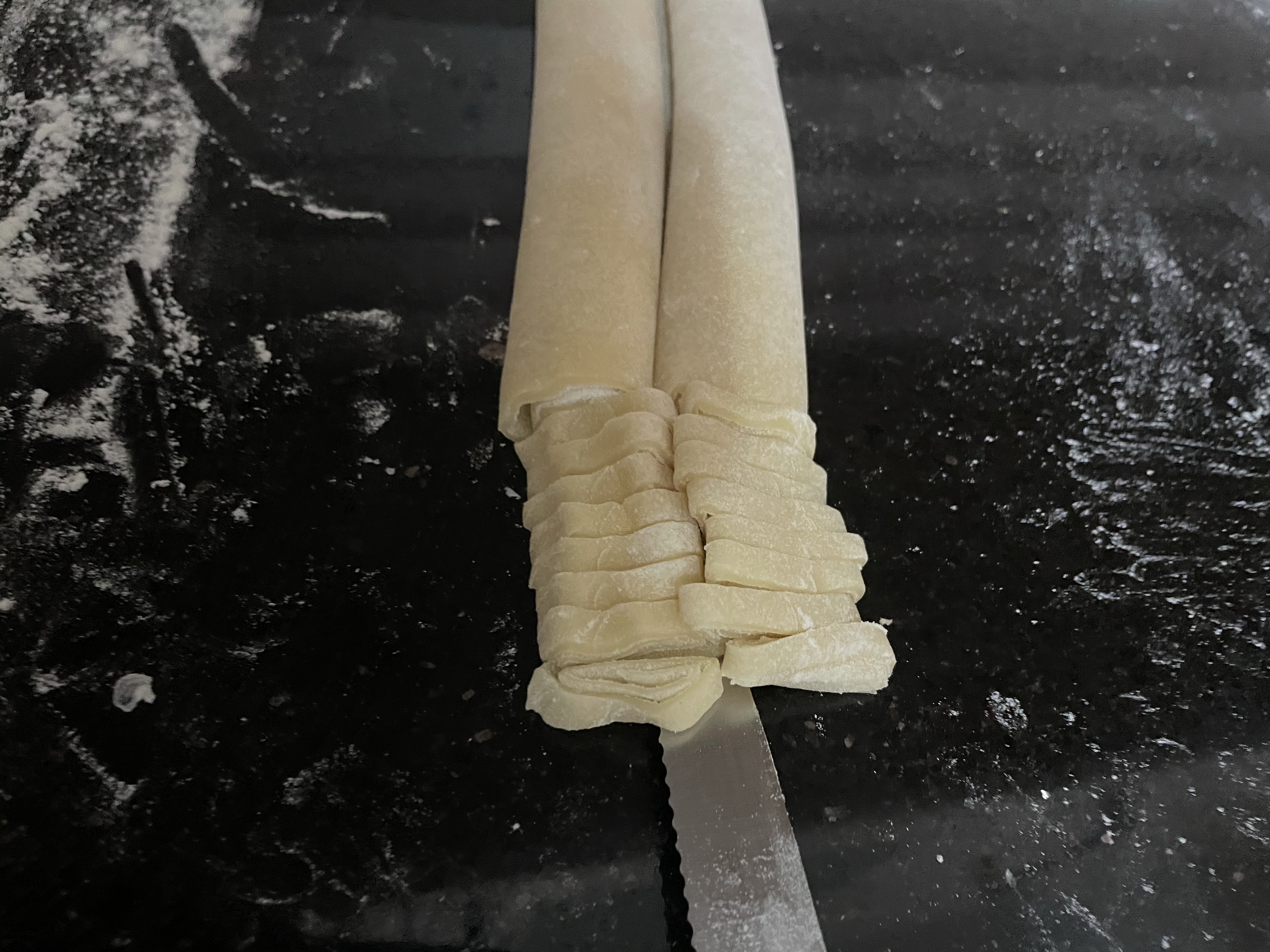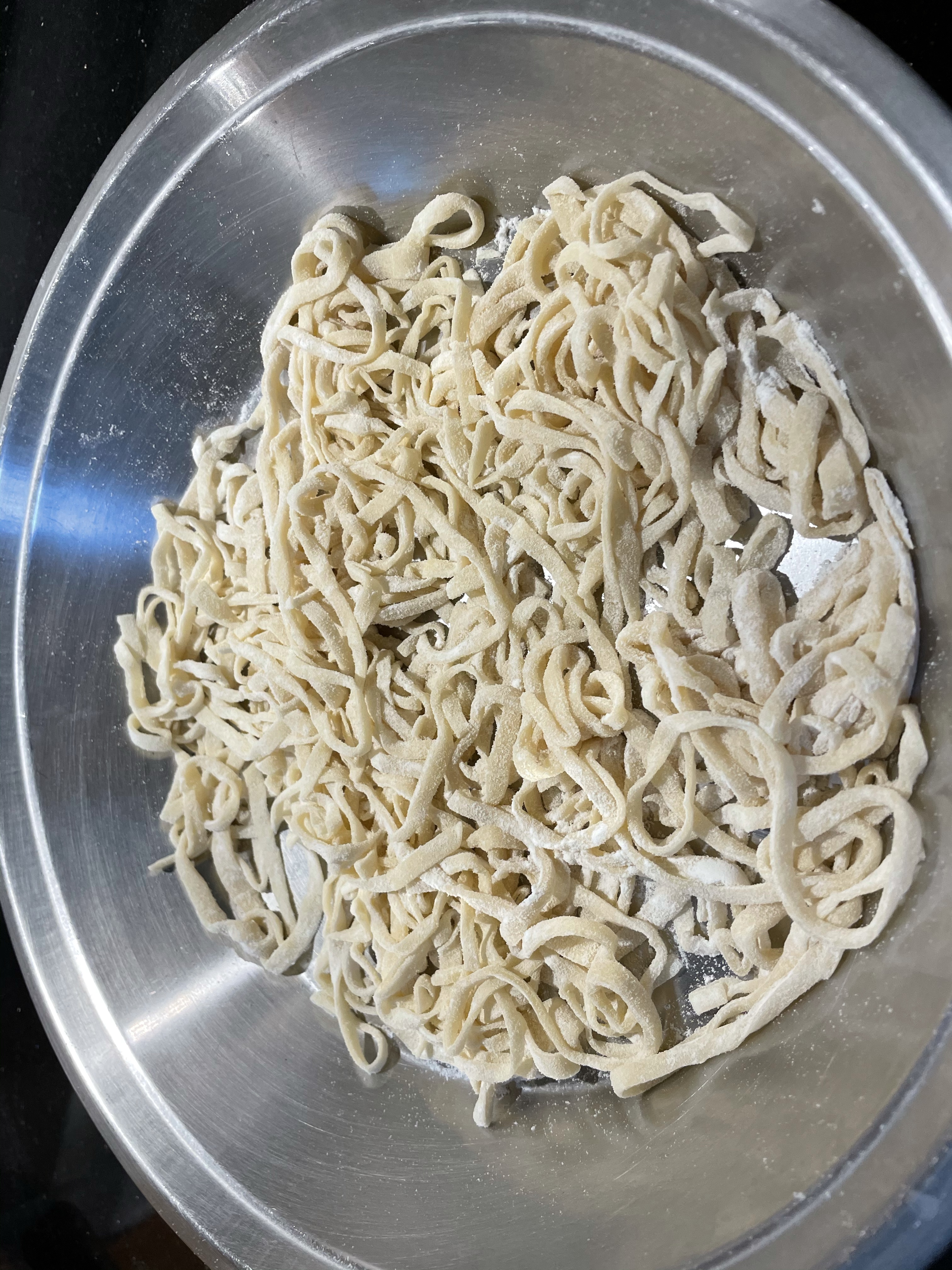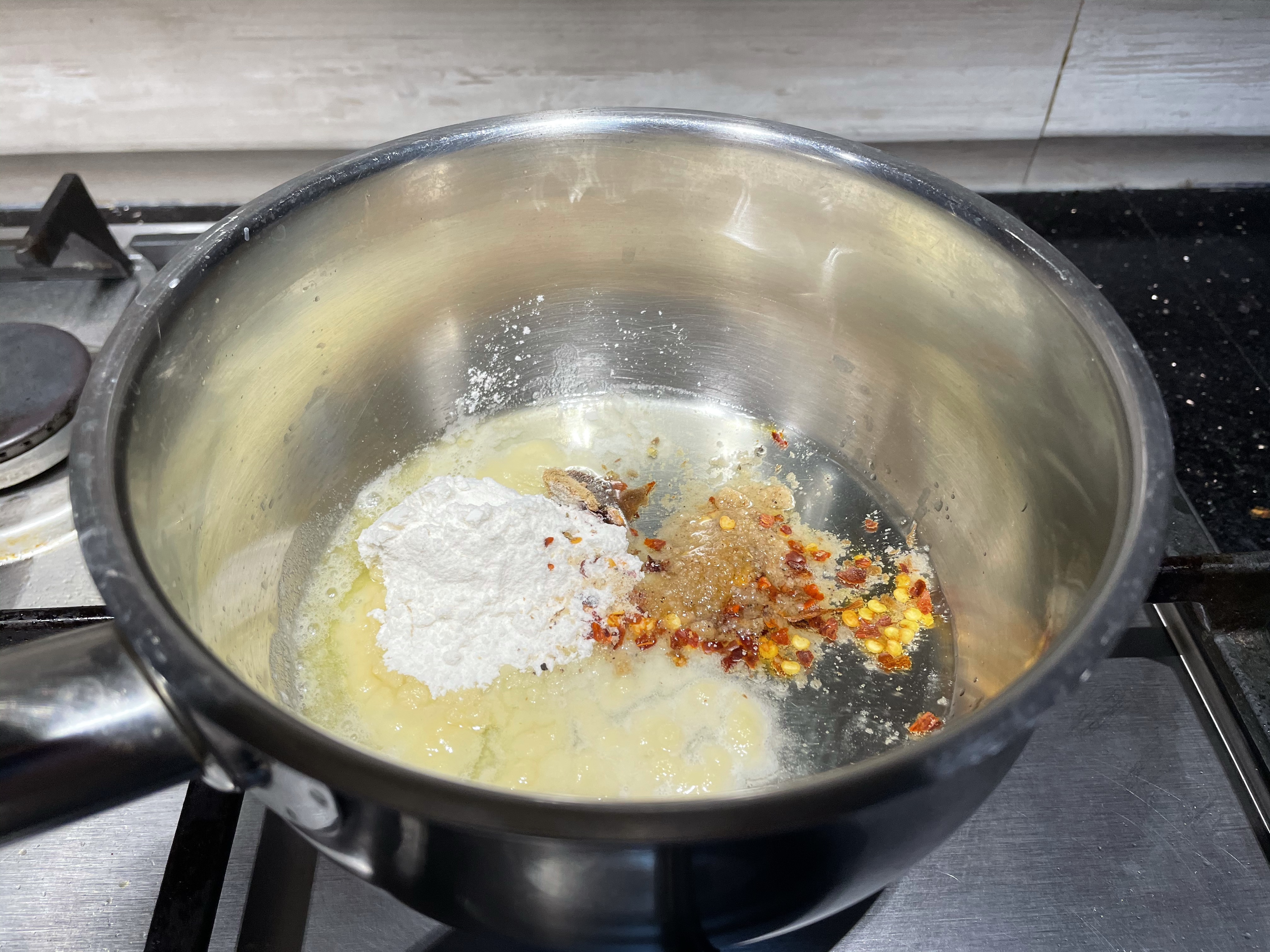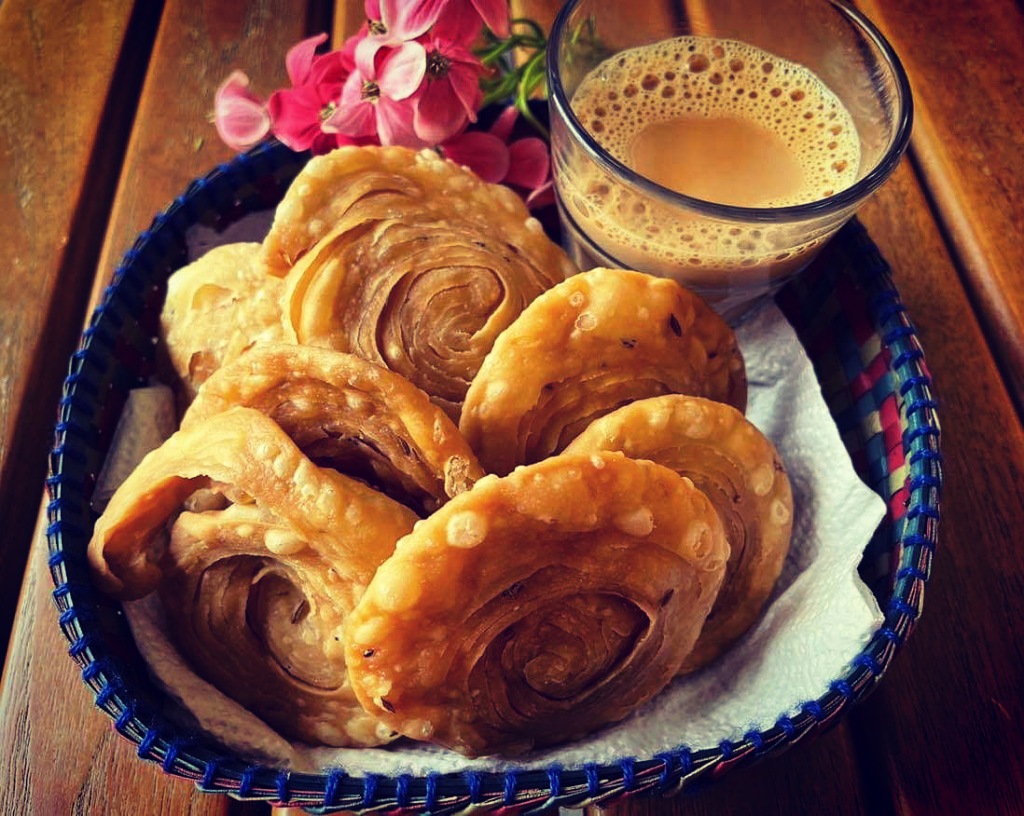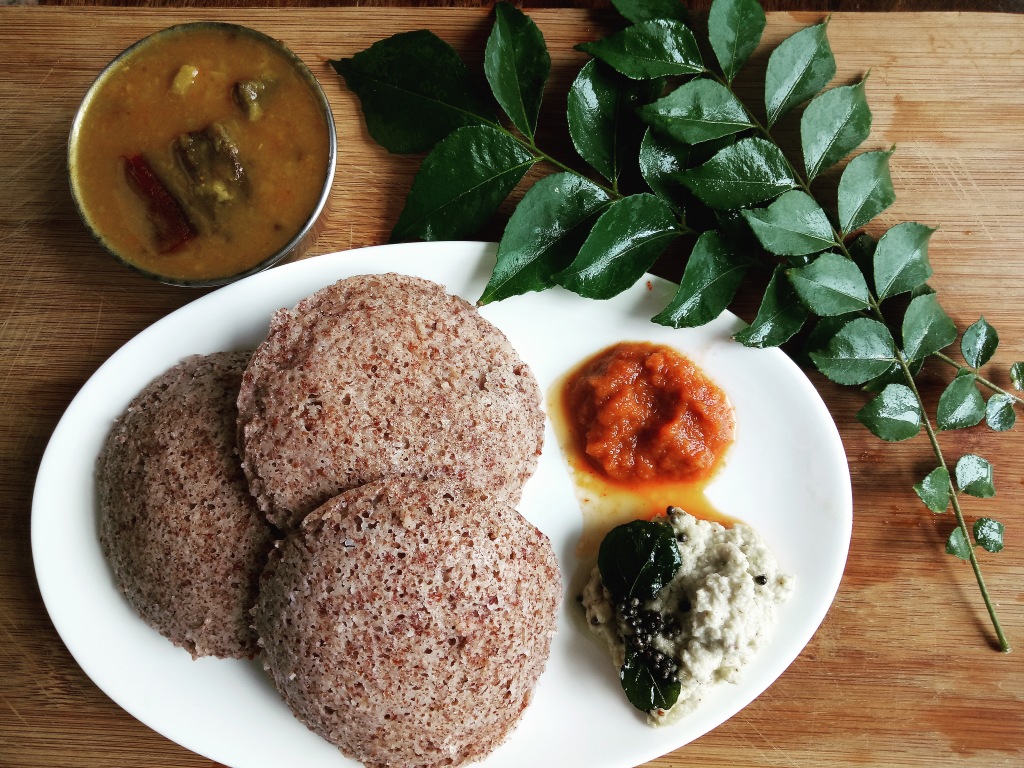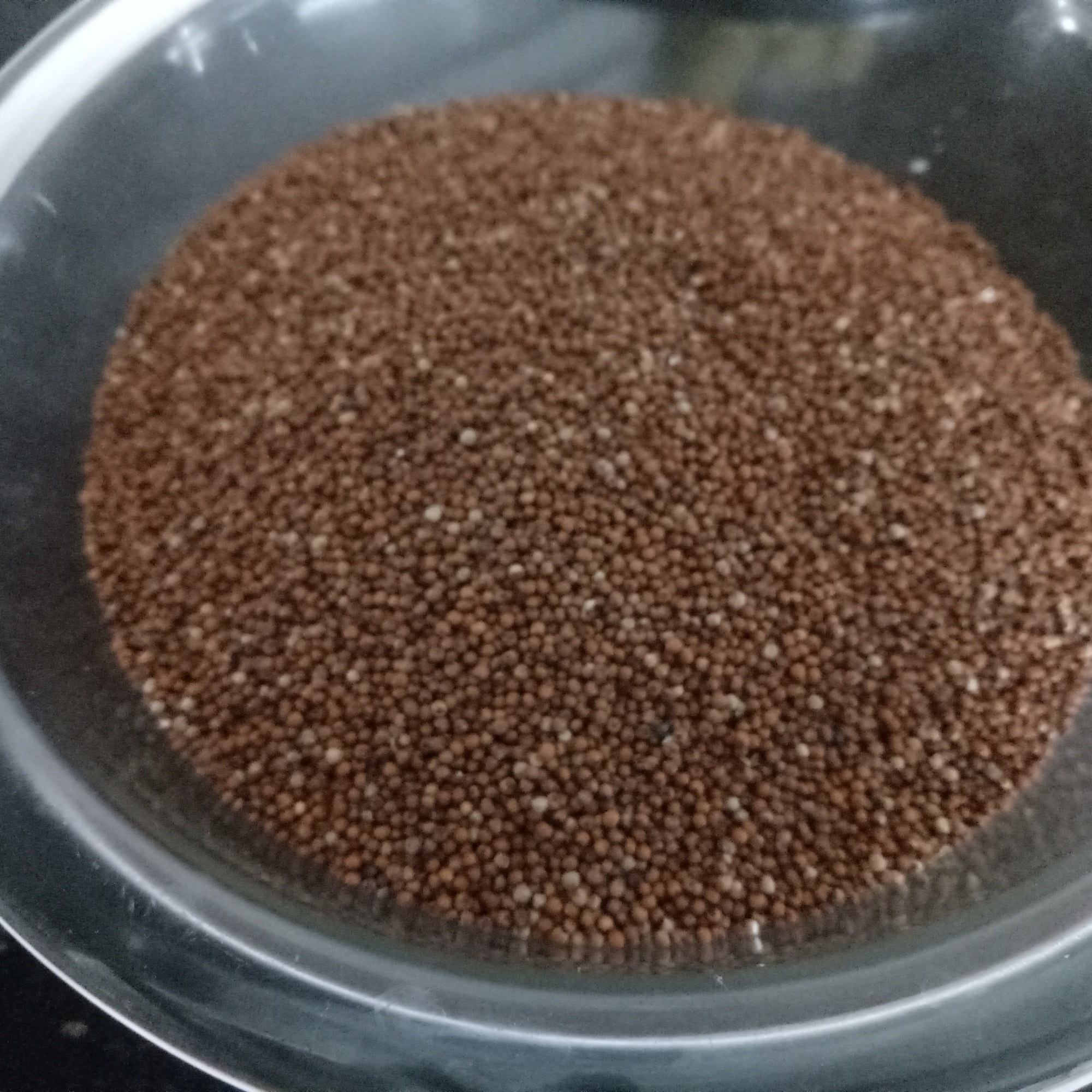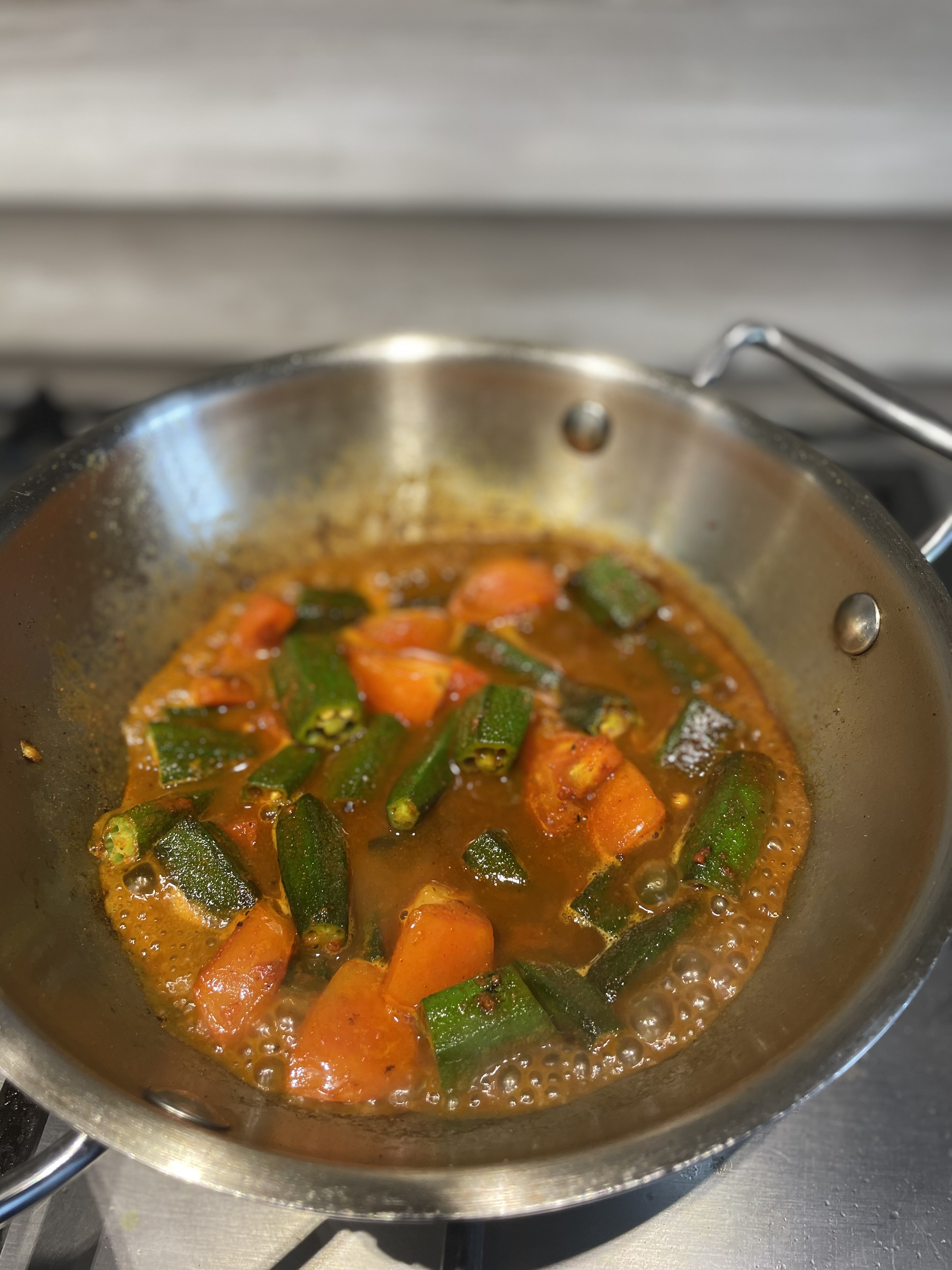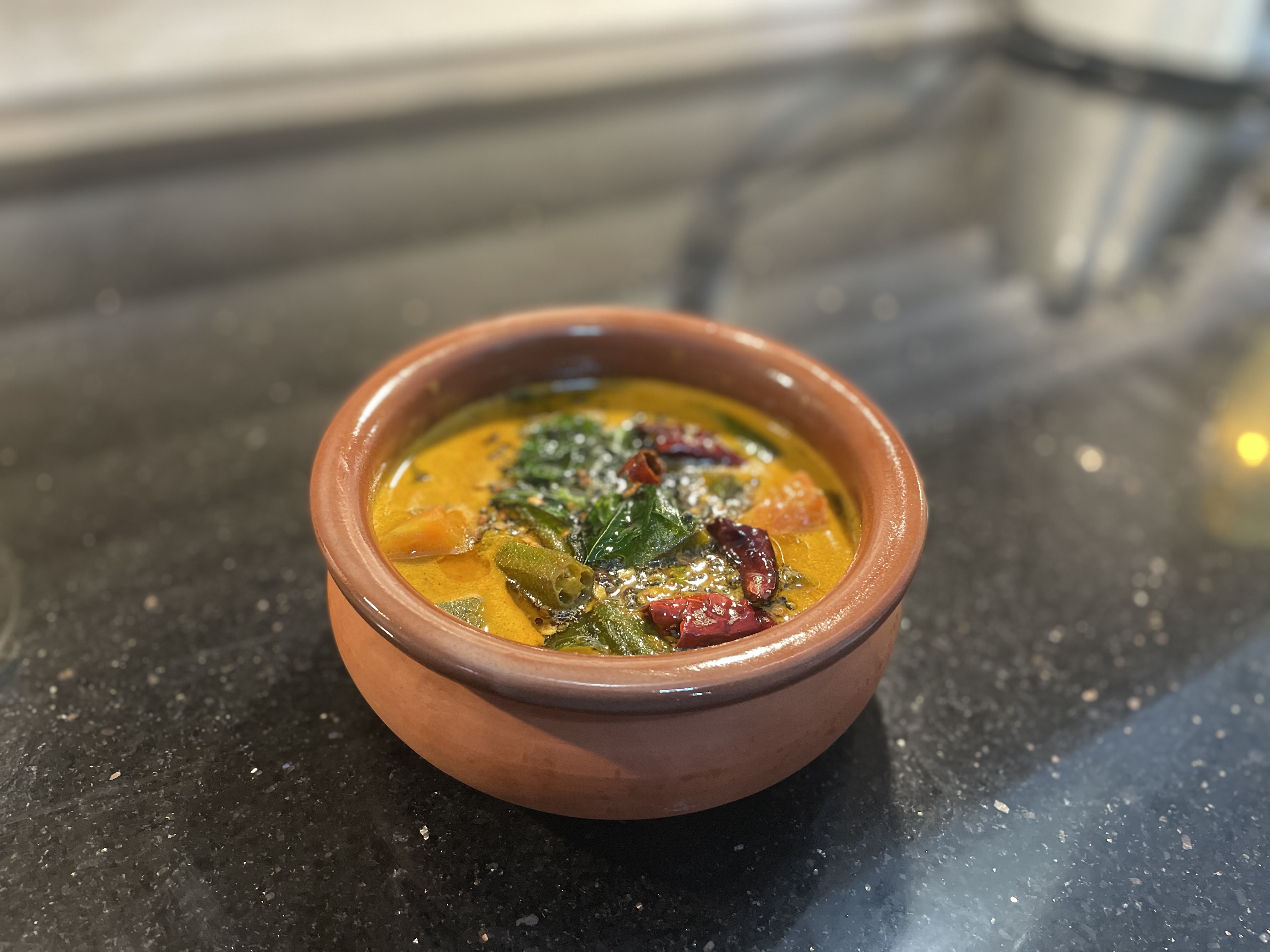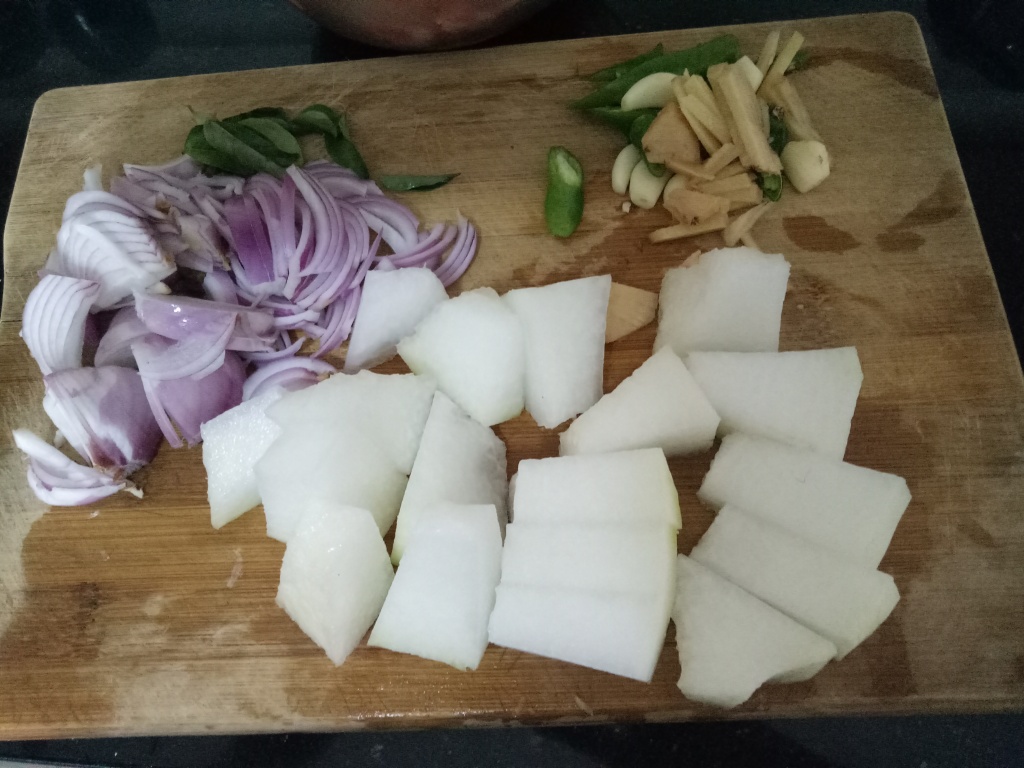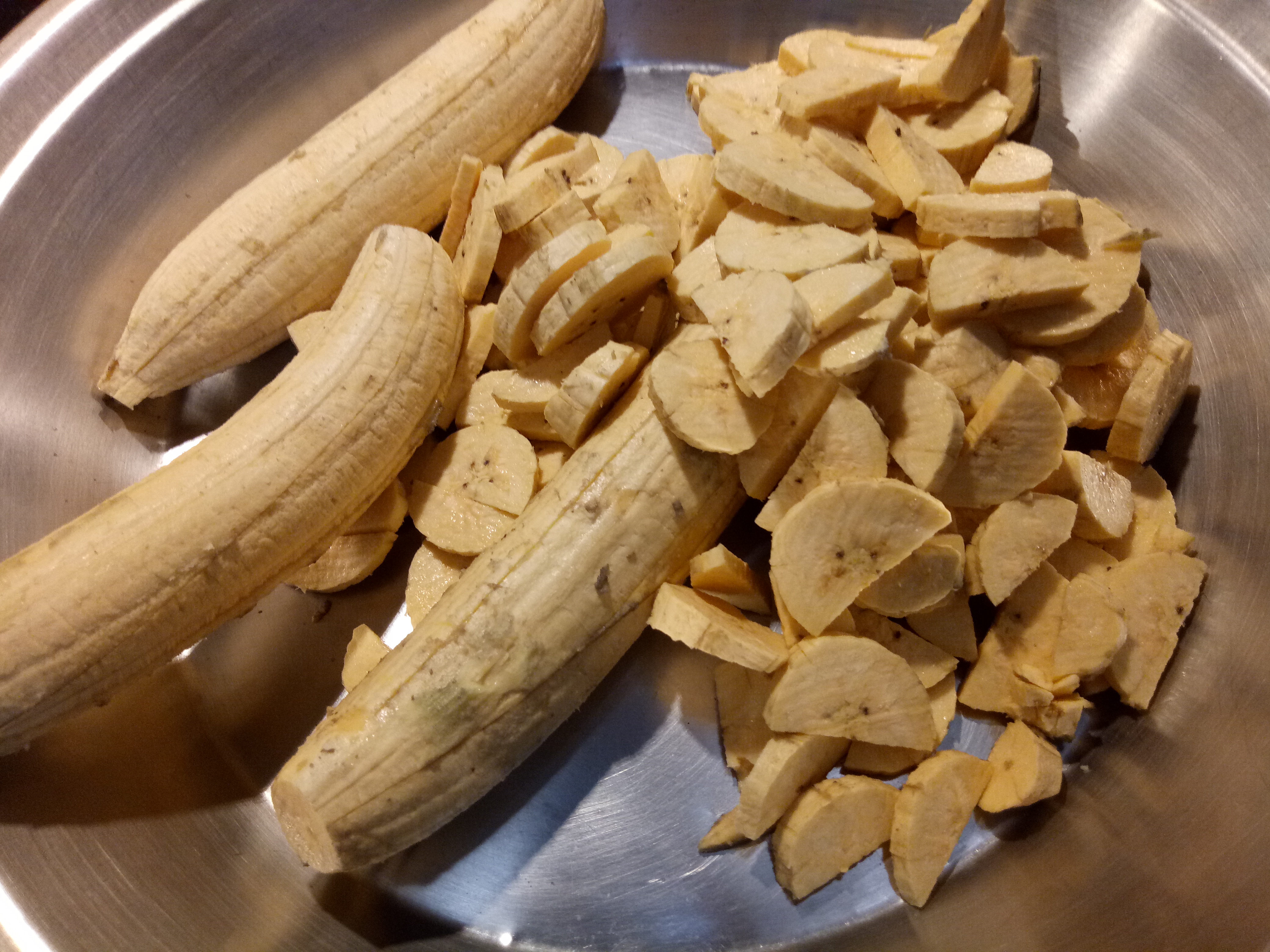
Parmigiana, pecorino, Ricotta…. can there be a pasta dish without these meltingly rich cheeses? Seems at this end of the world… in a small town, far, far away from the land of Pastas and Pizzas, when the yearning strikes for a delectable pasta dinner, this is what one does. Thrissur, for that matter is not that proverbial ‘back of beyond’ place … we do get our fair share of common cheeses like Cheddar and Mozzarella, but in the middle of a strict lockdown getting some is just wishful thinking.So here I am, ready to work my magic in the kitchen….throw into my bubbling cauldron on fire, ingredients from the dark interiors of my fridge, shake everything around with a glitter in my eye and a vicious cackle escaping my lips and finally pull out the rabbit, err, my delicious dish of silky white sauce coated homemade pasta.
When it comes to pasta making I have a-trick or two up my sleeve…. a quick lesson of making fresh pasta strips from plain flour learnt during a visit to Tuscany comes in handy. Also some sneak ideas snatched from the mouths of stiff lipped home chefs who guard their secret recipes like their best silver, but blurt out handy tips during moments of bubbly elation at the heights of appreciation for their wondrous culinary skills.
Making of the pasta is cakewalk for someone like me who have spent years kneading and rolling chapatis. Cutting and shaping the pasta is the best part of the whole exercise and one can’t suppress the glee of seeing the fresh pasta strips neatly hanging down both sides of your kitchen knife. The pasta is made and left to air in the ‘thali’ and you move on to the roasting of breadcrumbs, frying of the veggies and making the super silky and aromatic white sauce.
It is indeed a beautiful sight when the pasta strips come up in rolling boiling water. In a minute the cooked pasta, the sauce, the veggies and some roasted bits of crunchy bread come together. Scoop the pasta into the waiting warm plates, sprinkle some more of that crunchy bread bits and move to the dining table set with a dimly glowing lamp, some homemade wine. No worries if all the restaurants are closed… here is fine dining for you, right at home!
Ingredients for pasta
Plain flour/maida : 125gms.
Egg: 1
Salt: 1/4 tsp.
Olive oil: 1 tblesp.
Water :2tblesp approx.
On the neat kitchen counter measure and lay the flour.
Make a well in the centre and add the other ingredients except water. With a fork slowly draw in the flour to the liquid. Once mixed in remove the fork and with your hands bring the mixture together into a tight dough. You would need to add approximately 1and 1/2 – 2 tblesp of water to get everything together.
Now knead the dough well with the palm of your hand, extending and folding in till the dough becomes very pliable. Cover in cling film and leave to rest for 1/2 an hour.
Clean the kitchen counter and dust with some flour. Roll out the dough to a big chapathi of approx 1 mm thickness. Care is to be taken to see that the rolled dough is of even thickness all over. Dust well with flour.
Now from the left and the right roll the dough into the centre. After rolling start to cut thin strips from the bottom as shown in picture above. Once you finish cutting 6-8 strips, bring the knife under the centre and lift up to see pasta strips falling down on both sides of the knife. Transfer to a large plate and dust with some flour.
Do the same procedure till all your pasta is made. Lay your pasta to dry in the large open plate.
For the roasted breadcrumbs

Ingredients for sauce
Milk : 1 cup.
Water: 1/2 cup
Plain flour: 3 tblesp.
Olive oil: 3 tblesp.
Butter : 1 tblesp.
Dried oregano: 1 tsp.
A small soup cube.
Garlic pdr: 1/2 tsp.
Chilli flakes: 1tsp.
Salt to taste.
Keep a bottom heavy saucepan on mild heat and add olive oil and butter. Add the flour, garlic powder and chilli flakes and fry till the mixture gets slightly roasted and aromatic. Slowly add the milk and the 1/2 cup water and cook till the sauce turns thick and silky. Add the oregano and salt to taste. Keep covered.
For the roasted vegetables
Zucchini: a small piece, cut lengthwise and then cut into thin half moons.
Garlic flakes: 5-6 chopped.
Onion: 1 small, chopped.
Red capsicum: half of a small one, chopped.
Olive oil: 2 tsp.
Keep a heavy based fry pan on high heat and add oil. Add onion and garlic and sauté till transparent. Add the vegetables and fry till they are done and some pieces are roasted.
Assembling the pasta

Combine the cooked pasta, roasted veggies, white sauce and some bread crumbs. If the pasta looks dry add some saved pasta cooking water. Transfer to plate, sprinkle some more bread crumbs and enjoy!



